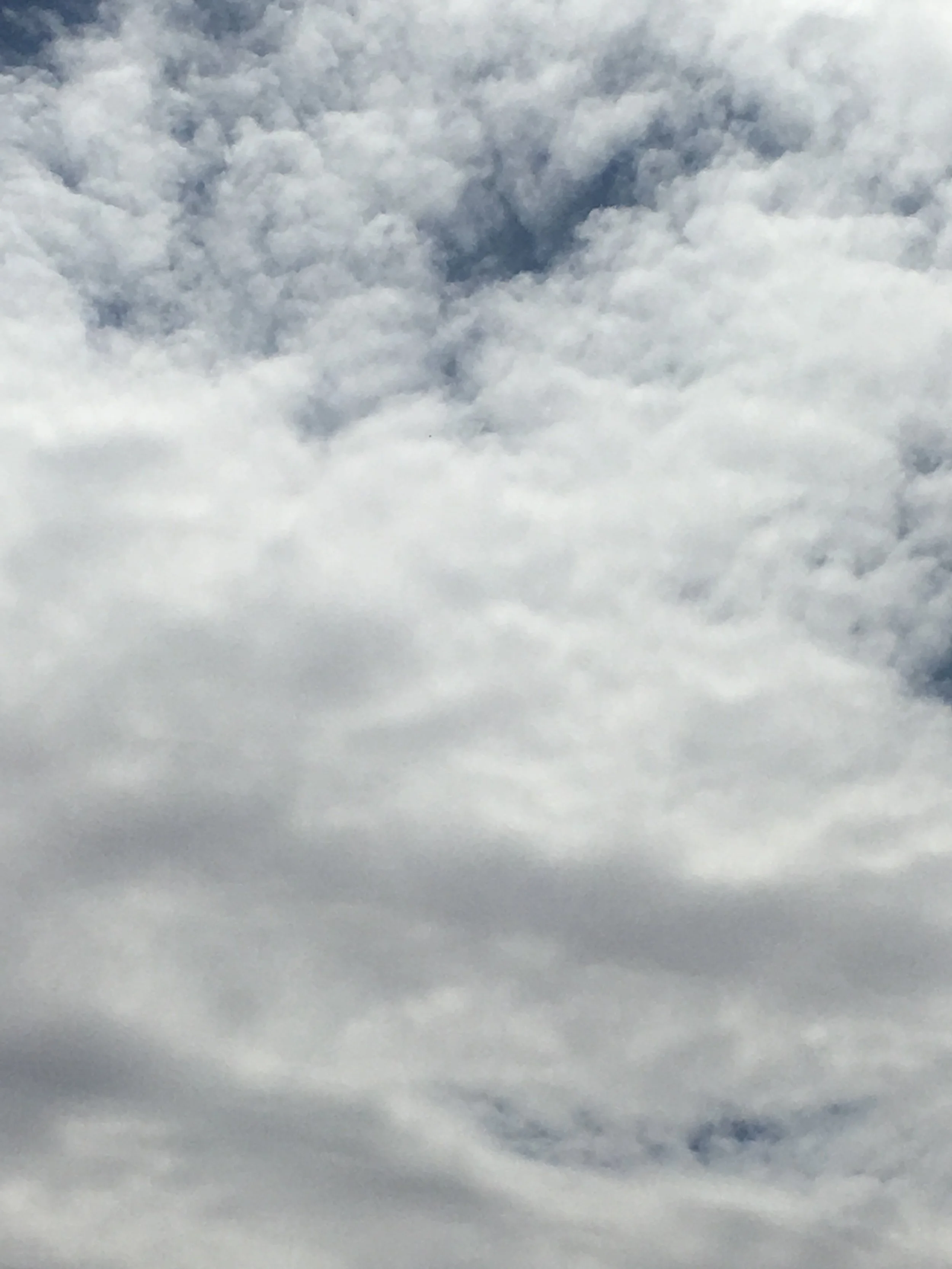QR Codes - Creative Tecnhologies Symposium
Teachers College's first Creative Technologies Symposium, offered by the Art and Art Education Program, was held on November 14th (more info at http://www.tc.columbia.edu/ctc/ and #CTCART). It offered the many participants talks and workshops, and mostly a good opportunity to come together and reflect as a group, discussing experiences and ideas.
I presented a poster about QR codes as a resource for exhibiting student art, based on my work with QR codes in the exhibitions I curate. This poster was a shorter version of a paper I presented at the National Art Education Association Convention in San Diego CA last March, and that has been giving me many opportunities to discuss practices and thoughts with colleagues and friends in many occasions.
Although most of us have seen QR codes, they are still an unfamiliar material for many people. All you have to do to a QR code is scan it with a reader that can easily (and for free) be downloaded to any smartphone or other devise. The reader reads the code (or takes a special picture, like some of my preschoolers put it) and takes the viewer to whatever information the code is linked to - a website, a PDF document, a video, a voice recording, or whatever it was setup to show.
To me, QR codes came as a solution for a question I have every time I curate an exhibition. How can I have a large amount of information available while keeping the exhibition clean, uncluttered, an focused on the artwork?
In many occasions I have written about the Rita Gold Early Childhood Center's art exhibition that I curate every year, and how I strive to provide meaningful experiences for the children and families, but also for the broader community and general public. After all, the exhibit takes place in a gallery that is open to the public and should focus on the artworks shown, with a coherent identity as an art exhibition in itself, and in its own right. However, there is often a fairly large amount of information - unedited artist statements, contextual information, transcriptions of group critiques, etc. - that is cherished by visitors and that can enhance some interactions with the artworks.
QR codes offered me a solution to that and a plenty more. Not only a large amount of information specific to each artwork can be accessed at the click of a scan (all viewers have to do is read the code with a reader installed on their phone and they will be taken to whatever information I want to make available), but that same info can be presented in many forms other than text. My young students recorded their voices sharing their artist statements, and contextual photos were also available. On the other hand, the children themselves had no trouble at all understanding that each code was connected to a set of info specific to a particular artwork, and guided their family members in exploring the QR codes. Knowing how to use that specific material, the children were the experts, and listened to as such - and if nothing else, I'll take any opportunity to promote that.

